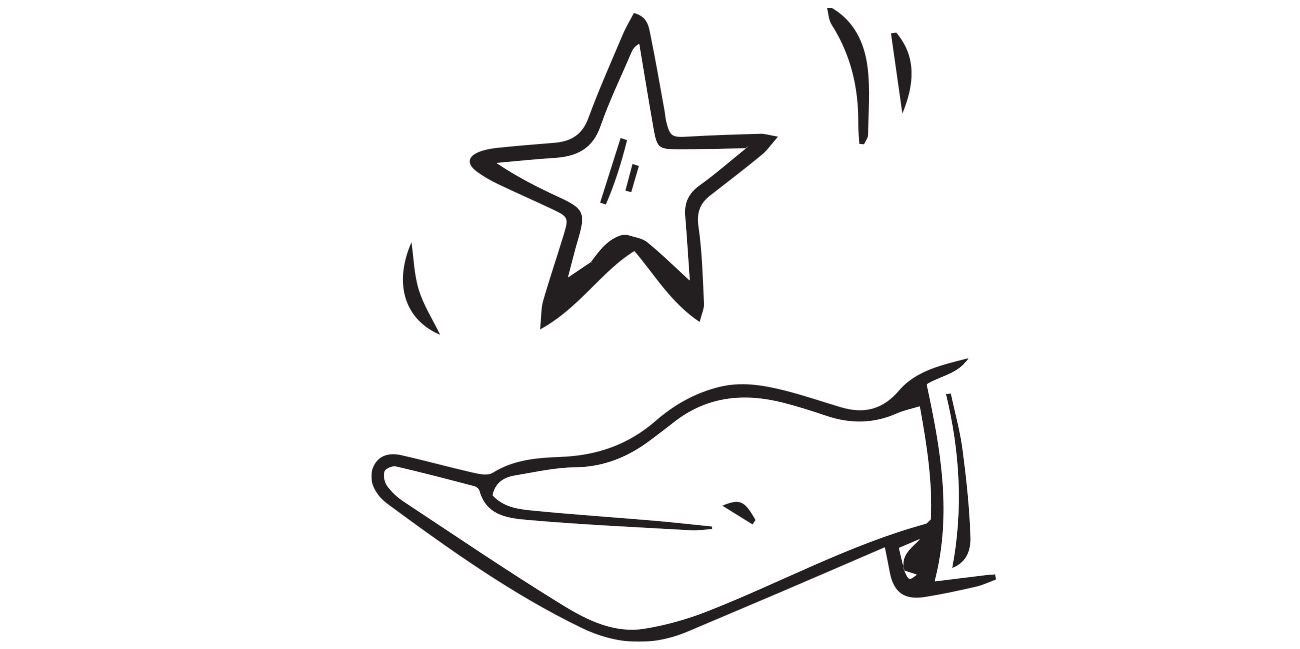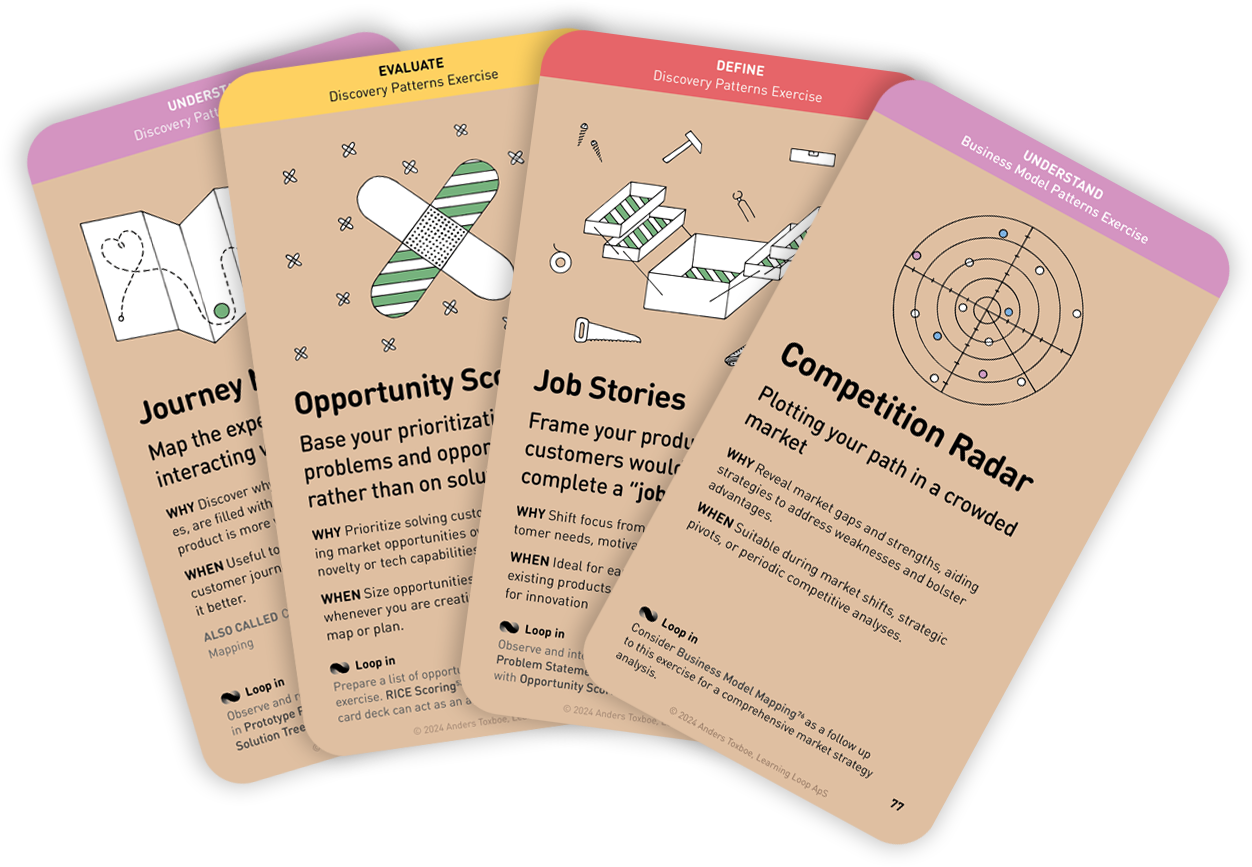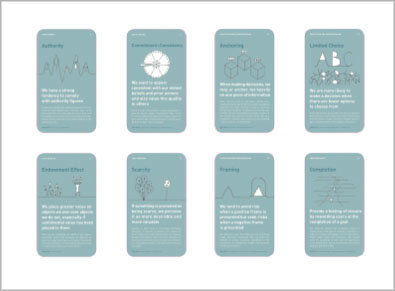Workshop Exercises: Understand
WiiFM
Understand and align a group by relating and sharing their motivations

Why: Understand what each person hopes to gain and foster empathy among team members
When: When a new team is formed or embark on a new initiative
The “What’s in it for me?” (WiiFM) exercise is used at the start of a project or workshop sequence to make individual expectations explicit and to identify matters that require follow-up in later sessions. Its roots lie in adult-learning theory and change-management practice, which show that people participate more actively when they understand the personal relevance of the activity. By asking each person to state what they hope to gain, the exercise meets this basic motivational need and, at the same time, supplies the facilitator with early information about potential alignment problems.
The activity usually begins with a short period of silent reflection. Each participant writes down—in private—one expectation, benefit or personal goal per sticky note. Working alone first prevents the influence of group opinion and ensures that quieter voices are captured. After the silent phase, the group moves to a structured round-robin. One by one, participants read their notes to the rest of the group and post them on a shared surface. This step brings private motivations into public view and establishes an atmosphere of openness without encouraging debate yet.
Once every note is visible, the facilitator may guide the group in calmly combining similar items into informal clusters. This simple organising act reveals where expectations overlap and where they differ. Common themes suggest areas of collective focus for the project; isolated notes can signal concerns or ambitions held by only one or two people, alerting the team to issues that might otherwise remain hidden until they cause friction.
A moderated discussion follows. The facilitator invites observations about patterns, surprises and gaps between personal expectations and the stated purpose of the project. The goal is not to resolve every issue immediately but to record which expectations are already covered by the planned agenda and which require additional attention. In doing so, the team creates a transparent register of topics that will either be addressed in the current workshop or scheduled for the session that comes next.
The exercise concludes with a concise summary. The facilitator restates the main themes, notes any outlying expectations and confirms how and when each will be revisited. This summary may be captured on a poster or in a digital workspace so that the list remains visible throughout the project and can be reviewed at subsequent checkpoints.
The strategy behind WiiFM is straightforward: begin with individual reflection to gather authentic input; move to collective sharing to make that input visible; organise and discuss to surface alignment and misalignment; then formalise next steps to ensure that identified issues do not fade from view. By following this sequence, a team can enter the substantive work with a shared understanding of why the work matters to each member and with a clear plan for handling open questions in the sessions that follow.
Instructions for running this play
- Introduce the exercise. Let participants know they will be reflecting on and sharing their personal motivations and expectations for their role, training, or project at hand.
- Brainstorm individually. Instruct participants to conduct a 5 minute Silent Storming exercise to reflect on what they hope to gain from what they are about to embark on. This could be a learning opportunity, career growth, personal satisfaction, or any other kind of personal benefit. They should then write down these expectations and motivations on sticky notes, one per note.
- Share and discuss. Ask each participant to present their notes to the group. This should be a safe space for everyone to openly share their motivations and expectations.
- Group similar ieas (optional). **Once everyone has shared, group similar notes together. This can help identify common motivations or expectations among the group.
- Discuss and align. Now that everyone’s motivations and expectations are visible, facilitate a discussion about them.
- Are there any surprises?
- Any common themes?
- Does everyone feel their expectations align with the team’s or project’s goals? If not, how can the team support each other in meeting these individual expectations?
- Review and close. Finally, summarize the main points of the discussion, reaffirm the importance of everyone’s motivations and expectations, and remind the team to keep these in mind as they work together moving forward.
A collection of workshop exercises that will help you ditch dull meetings and facilitate with confidence. It will help you master the design process and have more productive time with your team. The card deck will be ready for purchase in the end of 2026 and is now undergoing rigorous testing.
Reserve your deck!
